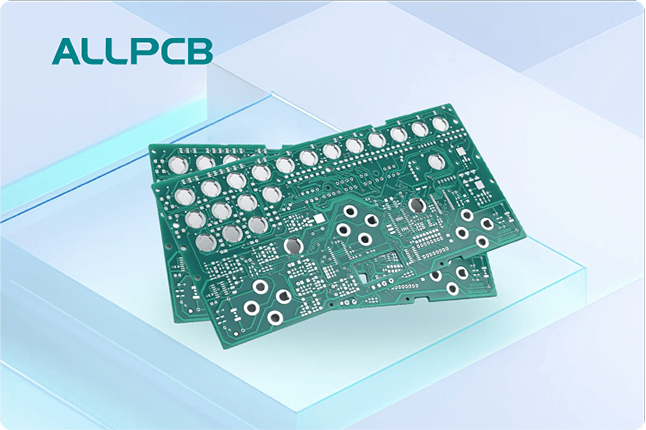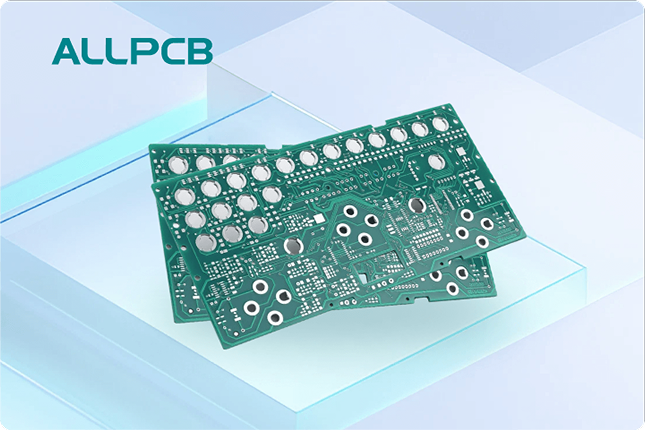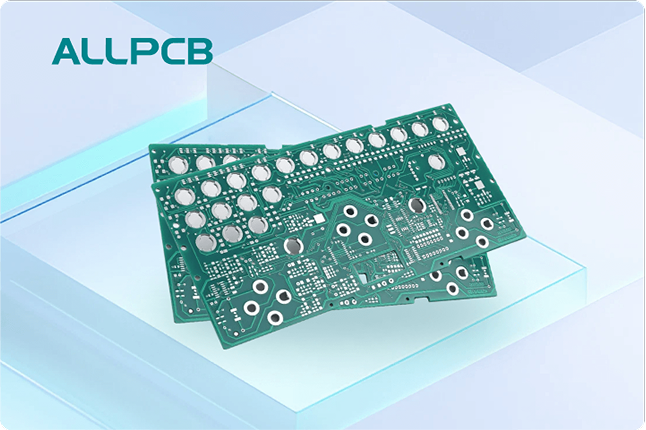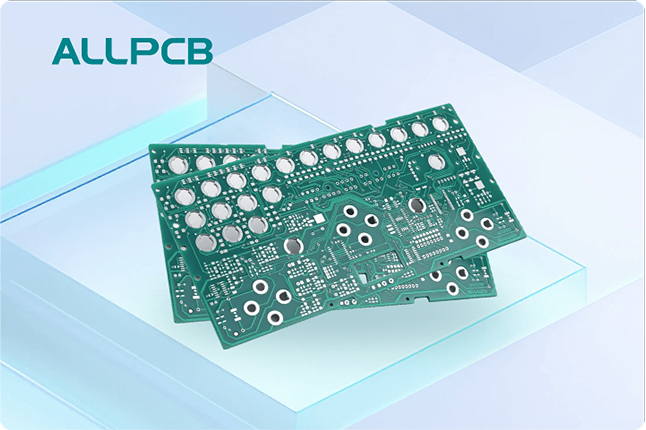In the world of electronics manufacturing, protecting printed circuit boards (PCBs) from environmental hazards is crucial. Traditional coatings often rely on volatile organic compounds (VOCs), which can harm both the environment and human health. So, what’s the solution? Water-based PCB coatings offer an eco-friendly alternative that meets strict VOC compliance standards while providing reliable protection. In this blog, we’ll explore the benefits, applications, and considerations of water-based conformal coatings, with a focus on keywords like water-based PCB coating VOC compliance, water-based conformal coating application, and water-based coating for flexible PCBs.
Why Water-Based PCB Coatings Matter in Today’s Industry
The electronics industry is under increasing pressure to adopt sustainable practices. VOCs, commonly found in solvent-based coatings, release harmful emissions during application and curing, contributing to air pollution and health risks. Regulations like REACH in Europe and various environmental standards worldwide are pushing manufacturers to reduce VOC emissions. Water-based PCB coatings address these concerns by using water as the primary solvent, significantly lowering VOC content—often below 50 grams per liter compared to 600-800 grams per liter in traditional acrylic coatings.
Beyond compliance, these coatings provide a safer working environment for technicians and reduce the need for expensive solvent recovery systems. For companies aiming to meet green manufacturing goals, switching to water-based solutions is a step toward sustainability without sacrificing performance.

What Are Water-Based PCB Coatings?
Water-based PCB coatings are protective layers applied to circuit boards to shield them from moisture, dust, chemicals, and thermal stress. Unlike traditional solvent-based coatings, they use water as the main carrier instead of organic solvents. This results in a formulation with low VOC content, making them compliant with strict environmental regulations.
These coatings come in various forms, including acrylic, polyurethane, and epoxy-based options, each tailored for specific applications. They are designed to "conform" to the irregular shapes of PCBs, ensuring complete coverage and protection. While they may take slightly longer to cure compared to solvent-based alternatives (often 30-60 minutes at 80°C versus 10-20 minutes for solvents), advancements in formulation have improved their drying times and performance.
Key Benefits of Water-Based Conformal Coatings
Switching to water-based conformal coatings offers multiple advantages for PCB manufacturers and end-users. Let’s break down the core benefits:
- Environmental Compliance: With VOC levels often below regulatory limits, water-based coatings help manufacturers meet standards like the EU’s VOC Directive, avoiding fines and reducing environmental impact.
- Safety: Lower toxicity means safer handling for workers, reducing the need for specialized ventilation or protective equipment during application.
- Cost-Effectiveness: Eliminating solvent recovery systems and reducing waste disposal costs can save manufacturers up to 20-30% on operational expenses, depending on production scale.
- Performance: Modern water-based coatings offer comparable protection to solvent-based options, with dielectric strength often exceeding 50 kV/mm and moisture resistance suitable for harsh environments (up to 85% relative humidity at 85°C).

Water-Based PCB Coating VOC Compliance: Meeting Global Standards
One of the primary drivers for adopting water-based coatings is water-based PCB coating VOC compliance. Regulatory bodies worldwide are tightening restrictions on VOC emissions. For instance, the U.S. Environmental Protection Agency (EPA) and the European Union’s REACH program set limits on VOC content in industrial coatings, often requiring levels below 100 grams per liter for certain applications.
Water-based coatings typically contain less than 10-15% solvent by volume, compared to 70-80% in traditional acrylic coatings. This drastic reduction ensures compliance without compromising on quality. Additionally, many water-based formulations are certified under eco-labels like Blue Angel or Green Seal, providing further assurance of their environmental credentials.
For manufacturers, adopting these coatings isn’t just about meeting regulations—it’s also about future-proofing their processes. As standards become stricter, companies already using low-VOC solutions will avoid costly transitions or penalties.
Water-Based Conformal Coating Application: Techniques and Best Practices
The process of water-based conformal coating application requires careful attention to achieve optimal results. While the application methods are similar to those for solvent-based coatings, there are key differences due to the water content. Here’s a step-by-step guide to applying these coatings effectively:
- Surface Preparation: Clean the PCB thoroughly to remove contaminants like dust, grease, or flux residues. A clean surface ensures proper adhesion, reducing the risk of coating failure.
- Application Method: Common methods include brushing, spraying, dipping, or selective coating with automated equipment. Spraying is often preferred for uniform coverage, with a recommended nozzle pressure of 30-40 psi for water-based formulas.
- Thickness Control: Aim for a coating thickness of 25-75 micrometers, depending on the PCB’s environmental exposure. Use a thickness gauge to verify consistency, as uneven layers can affect dielectric properties.
- Curing: Water-based coatings typically require longer curing times or higher temperatures (e.g., 80-100°C for 30-60 minutes) compared to solvent-based options. Infrared or convection ovens can accelerate the process.
- Inspection: After curing, inspect the coating under UV light (if the formula includes UV tracers) to ensure complete coverage and identify defects.
Proper application is critical to achieving the desired protection. Over-application can lead to pooling, while under-application may leave vulnerable areas exposed. Manufacturers should also consider humidity levels during application, as high moisture (above 60%) can slow drying and affect adhesion.
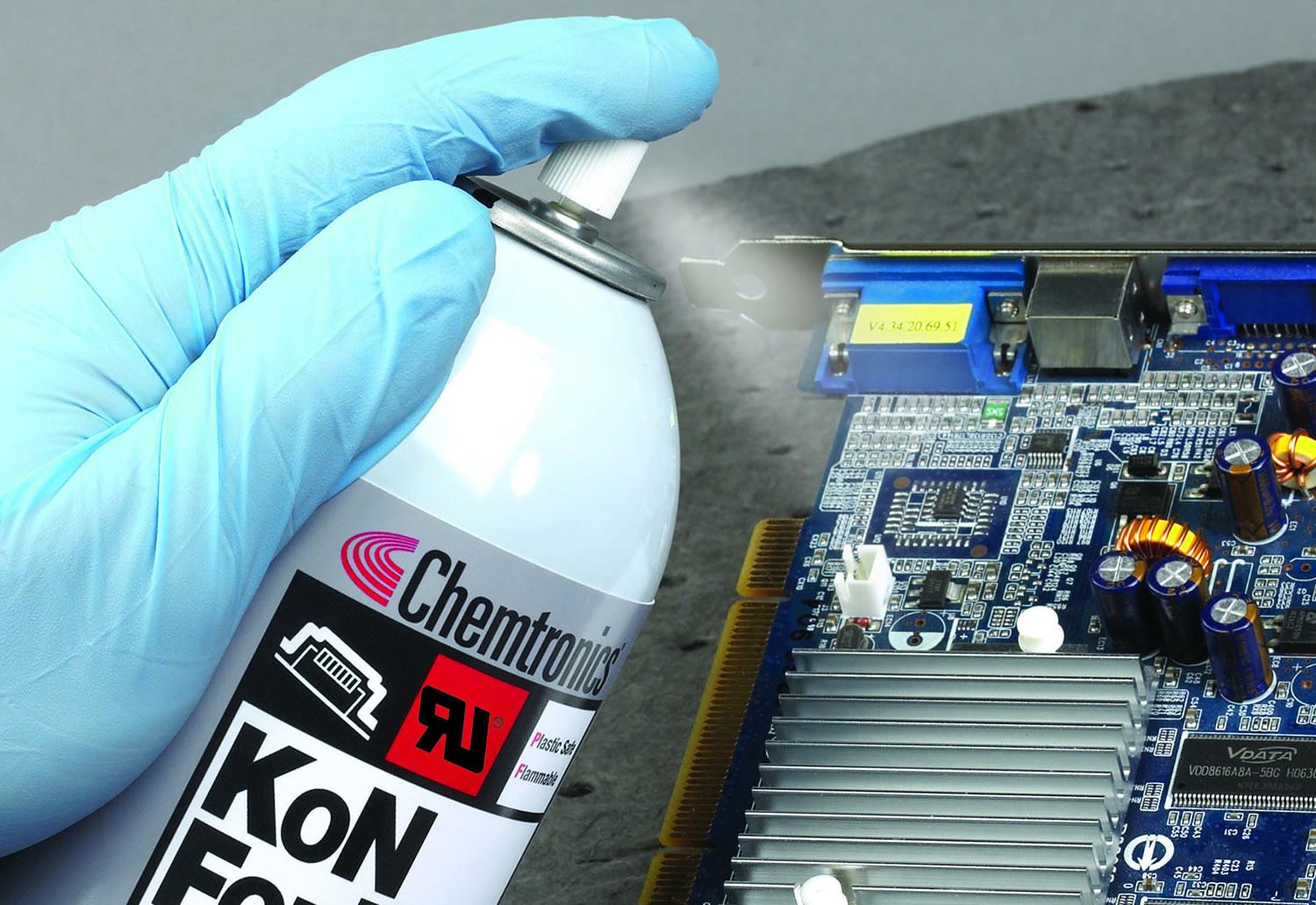
Water-Based Coating for Flexible PCBs: Challenges and Solutions
Flexible PCBs, used in wearable devices, medical equipment, and automotive systems, present unique challenges for coatings. These boards bend and twist, requiring a coating that maintains adhesion and protection under stress. Water-based coating for flexible PCBs must balance flexibility with durability, and recent advancements have made this possible.
Traditional coatings often crack or delaminate when applied to flexible substrates, especially under repeated bending (e.g., 180-degree folds at a 5mm radius). Water-based polyurethane coatings, however, offer elongation properties of up to 200%, allowing them to stretch without breaking. They also provide a dielectric strength of around 40-50 kV/mm, ensuring electrical insulation even in compact, high-density designs.
One challenge with water-based coatings on flexible PCBs is achieving uniform thickness during application. The irregular shapes and movements of flexible boards can lead to uneven coverage. To address this, selective coating machines with precise robotic arms are recommended, applying the coating only where needed at a controlled rate of 100-200 mm per second.
Additionally, curing temperatures must be carefully managed. Flexible PCBs often use substrates like polyimide, which can withstand temperatures up to 150°C, but prolonged exposure to heat can cause warping. A curing schedule of 80°C for 40 minutes is often ideal for water-based coatings on such materials.

Comparing Water-Based Coatings to Solvent-Based Alternatives
To understand the full value of water-based coatings, it’s helpful to compare them to traditional solvent-based options. Below is a quick comparison based on key metrics:
| Feature | Water-Based Coatings | Solvent-Based Coatings |
|---|---|---|
| VOC Content | Low (10-50 g/L) | High (600-800 g/L) |
| Curing Time | Longer (30-60 min at 80°C) | Shorter (10-20 min at 60°C) |
| Environmental Impact | Minimal | Significant |
| Flexibility | High (up to 200% elongation) | Moderate (50-100% elongation) |
| Cost of Compliance | Lower (no solvent recovery needed) | Higher (recovery systems required) |
While solvent-based coatings may cure faster, the trade-off in environmental impact and compliance costs often outweighs this advantage. Water-based options are increasingly closing the performance gap, making them a viable choice for most applications.
Future Trends in Eco-Friendly PCB Coatings
The demand for sustainable solutions in electronics manufacturing is growing. The global market for electronic conformal coatings is expected to reach $5.3 billion by 2035, with a compound annual growth rate (CAGR) of 6.1%, driven by the push for eco-friendly materials. Innovations in water-based coatings are focusing on faster curing times, enhanced chemical resistance, and compatibility with emerging technologies like 5G and IoT devices.
Bio-based additives are also being integrated into water-based formulas, further reducing reliance on synthetic chemicals. These advancements promise to make eco-friendly coatings not just a regulatory necessity, but a competitive advantage for manufacturers.
Conclusion: Embracing Water-Based Coatings for a Sustainable Future
Water-based PCB coatings represent a significant step forward in balancing performance with environmental responsibility. From ensuring water-based PCB coating VOC compliance to mastering water-based conformal coating application and addressing the unique needs of water-based coating for flexible PCBs, these solutions offer a path to sustainable manufacturing. By adopting these coatings, companies can protect their products, comply with global standards, and contribute to a cleaner planet.
At ALLPCB, we’re committed to supporting the industry’s shift toward greener practices. Whether you’re designing rigid or flexible PCBs, consider the long-term benefits of water-based coatings for your next project. With the right approach, you can achieve reliability and sustainability in one package.
 ALLPCB
ALLPCB


